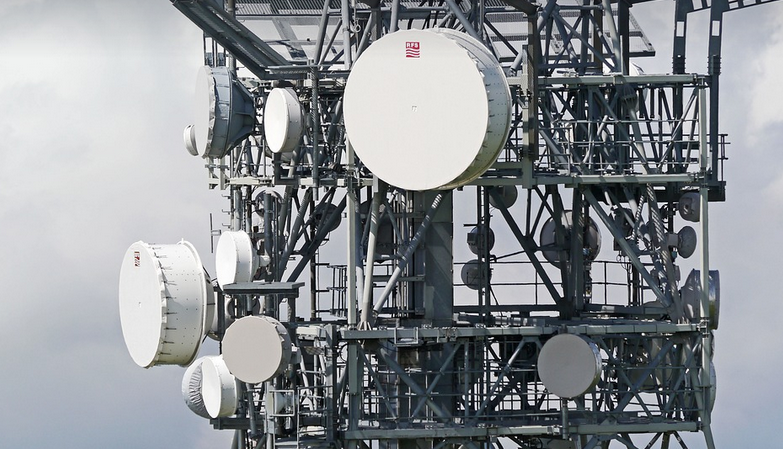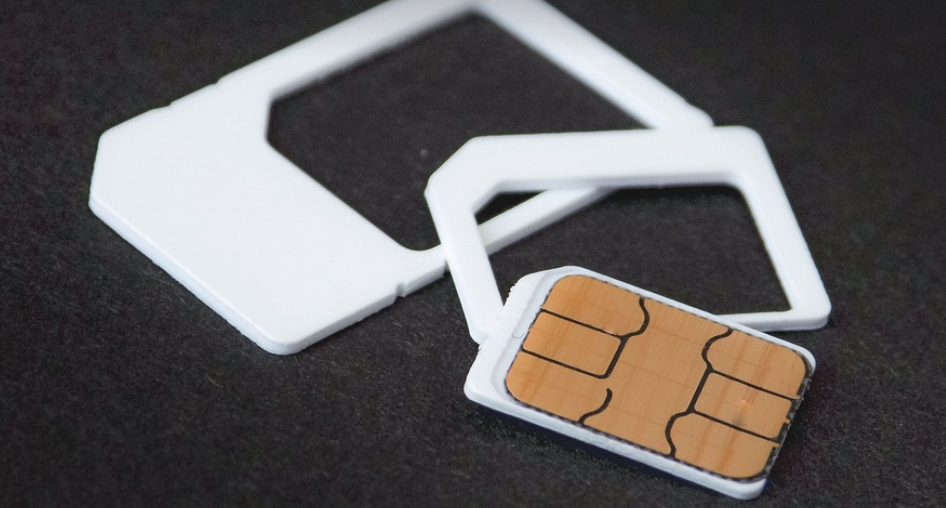What is a TCM?
The “transmission control module” or TCM, as it’s often called, is the brain of your vehicle’s automatic transmission system. It’s essentially the nervous system that coordinates everything from gear shifting and engine power delivery to fluid flow and temperature regulation within your car’s automatic transmission. It’s like the maestro orchestrating a symphony for smooth and efficient driving.
Think of it like this: imagine you’re in a bustling city with traffic constantly changing, navigating through intersections, and speeding up and slowing down. The TCM is like an experienced traffic controller, adjusting gear ratios, speed shifts, and engine power to ensure the car navigates smoothly and efficiently regardless of the situation.
Why is it Important?
The TCM plays a crucial role in your PT Cruiser’s overall performance because:
- It controls gear selection: As you accelerate, the TCM analyzes various factors like speed, load, and engine RPM to determine the best gear for optimal power transfer and fuel efficiency.
- It regulates Fluid flow: The TCM regulates fluid pressure and temperature within the transmission system, ensuring smooth operation and minimizing wear on internal components.
- It monitors Transmission health: It constantly monitors critical parameters like shifting patterns and fluid temperatures to detect issues and prevent catastrophic failure of your transmission.
Common Issues with TCMs
Just like any component in your car, the TCM can encounter problems over time. These problems can range from minor glitches to more severe mechanical failures.
Some common issues include:
- **Transmission slipping:** This often occurs when the TCM fails to engage or disengage gears properly, resulting in jerking or stuttering during acceleration.
- **Rough shifting:** If you experience sudden jerks or a prolonged delay before gear changes occur, it could indicate issues with the TCM’s control signals.
- **Overheating**: This can be a sign of a malfunctioning valve body, a faulty sensor, or even internal transmission damage.
Troubleshooting Your PT Cruiser’s TCM
If you suspect your PT Cruiser’s TCM is the culprit behind performance issues, don’t panic! There are steps you can take to diagnose and solve the problem yourself:
Here are a few tips for troubleshooting:
- **Check for warning lights:** Your dashboard will display a trouble code if there is an issue with your TCM. Learn about the specific codes to identify the exact problem.
- **Scanned diagnostic codes:** A scan tool can provide you with more detailed information about the TCM and its functionality.
- **Inspect fluid levels:** Low fluid levels in the transmission system can indicate a potential issue. Ensure proper fluid levels and check for leaks.
Professional Diagnosis & Repair
While some issues can be handled with basic troubleshooting, it’s crucial to consult a professional mechanic for complex problems. A qualified technician will have the expertise and specialized tools required for diagnosing and repairing TCM-related issues:
Remember that dealing with the transmission control module requires careful handling as improper interventions can damage your vehicle’s engine or transmission.
The Importance of Regular Maintenance
Just like a well-oiled machine, regular maintenance is key to ensuring smooth and efficient operation of your PT Cruiser’s automatic transmission.
- **Regular fluid changes:** The TCM’s health is strongly influenced by the fluid it uses. Schedule regular fluid flushes (every 30,000 miles or as recommended in your owner’s manual) to maintain optimal performance and prevent premature wear on internal components.
- **Check fluid levels regularly:** It’s important to ensure that your transmission fluid is at the appropriate level.
- **Listen for unusual noises**: If you notice any unusual noises from your car, it’s best to have it diagnosed by a mechanic as soon as possible.
#



